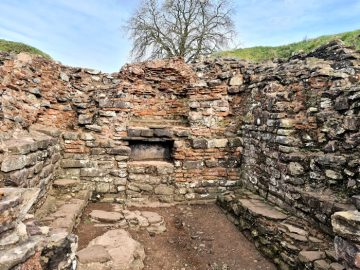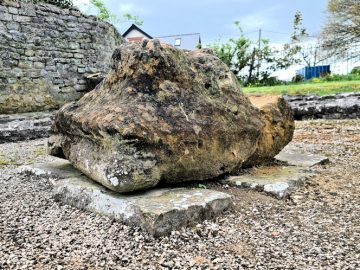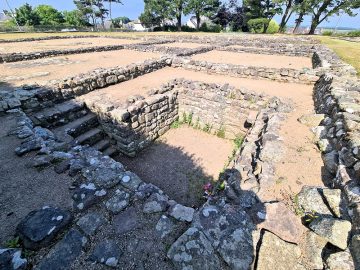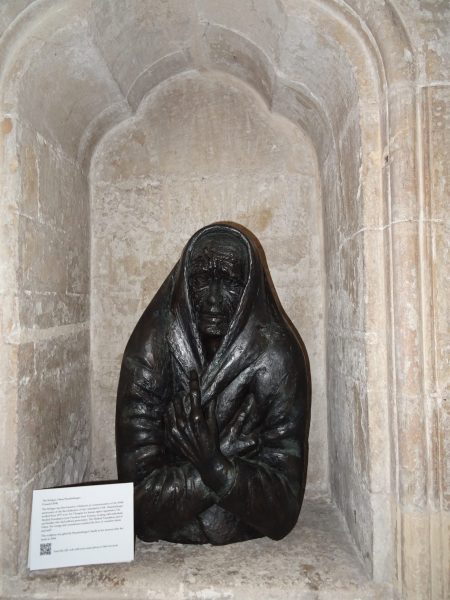For a far flung part of the ancient empire, Britain is fortunate to have many Roman remains. Among the best of them can be found in Chester, or Deva as it was known in ancient times. There, at the excellent Grosvenor Museum, they have a wonderful gallery exhibiting old Roman gravestones. Most of them were found in the late 1800s, built into the town wall, possibly even incorporated by the Romans themselves during construction works. And one of the best, at least in my opinion, is for Marcus Aurelius Lucius, who was most likely an auxiliary Roman cavalryman. It shows him reclining and raising a glass to us, presumably containing wine, with his helmet and sword in the background. So my visit there was a good opportunity to add a 3D scan of it to my collection of ancient Roman models.
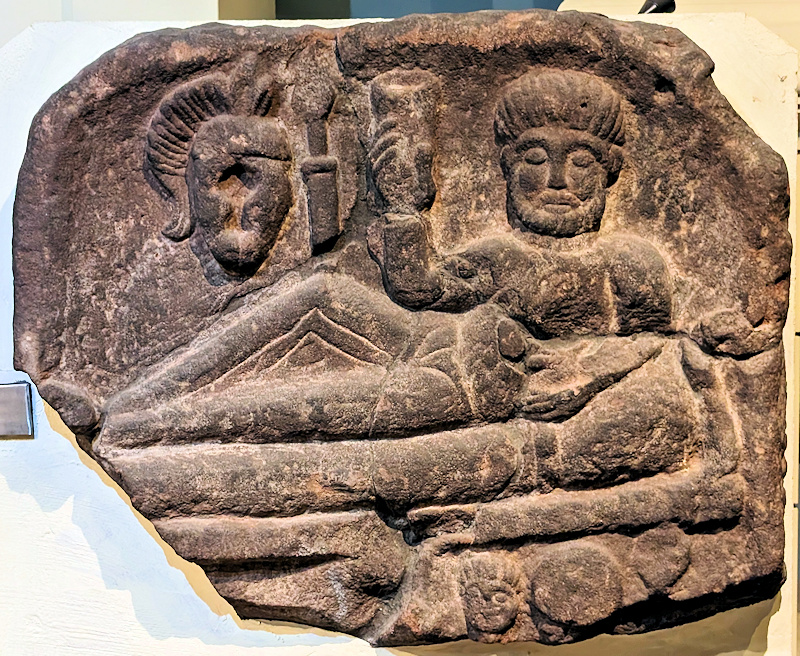
Quick summary of this 3D creation
Overview: A fan-art 3D scan of the remains of a Roman gravestone.
Location: Grosvenor Museum, Grosvenor Street, Chester, England [map].
Date/era: Roman.
Software used: Kiri Engine, Meshmixer, Blender.
Intended use: Digital uses only as the mesh is decimated.
Download: Sketchfab page (non-commercial license).
The scanning began with 85 12MP photos taken on my Google Pixel 8 smartphone. I used 2x zoom as I had to stand behind a barrier a few feet away from the gravestone. The photos were then processed using the Kiri Engine Android app photogrammetry service (note that I use the paid pro plan otherwise I would have been limited to 50 photos). I set it to high for both vertex count and texture image quality, to capture the shape as well as possible. I then used Meshmixer to orient and trim the downloaded OBJ file, before decimating the mesh in Blender to around 10% of the original vertex count. The results are shown on Sketchfab below (click the play button to start and move around the scan).
So happily I’ve added another Roman 3D scan to my fan-art digital model collection. I hope you enjoy it as much as I have 🙂

